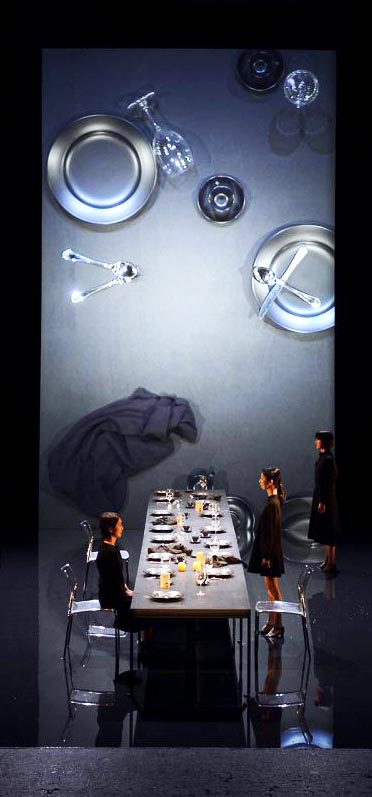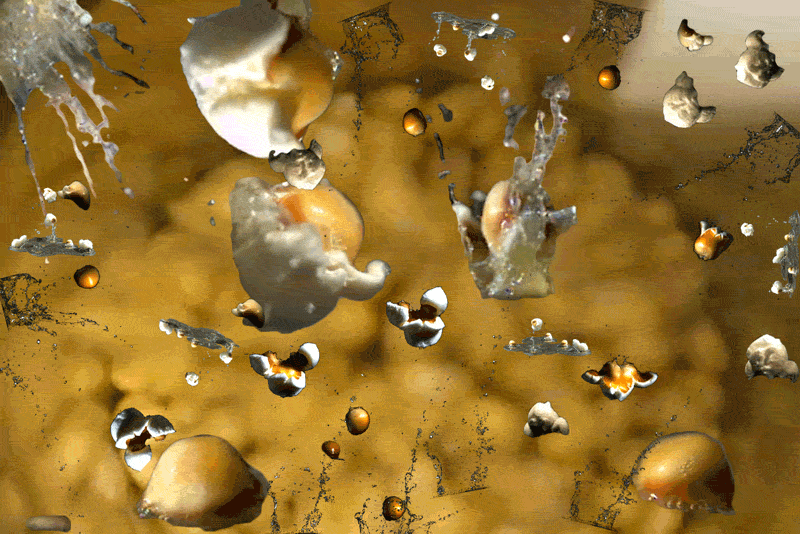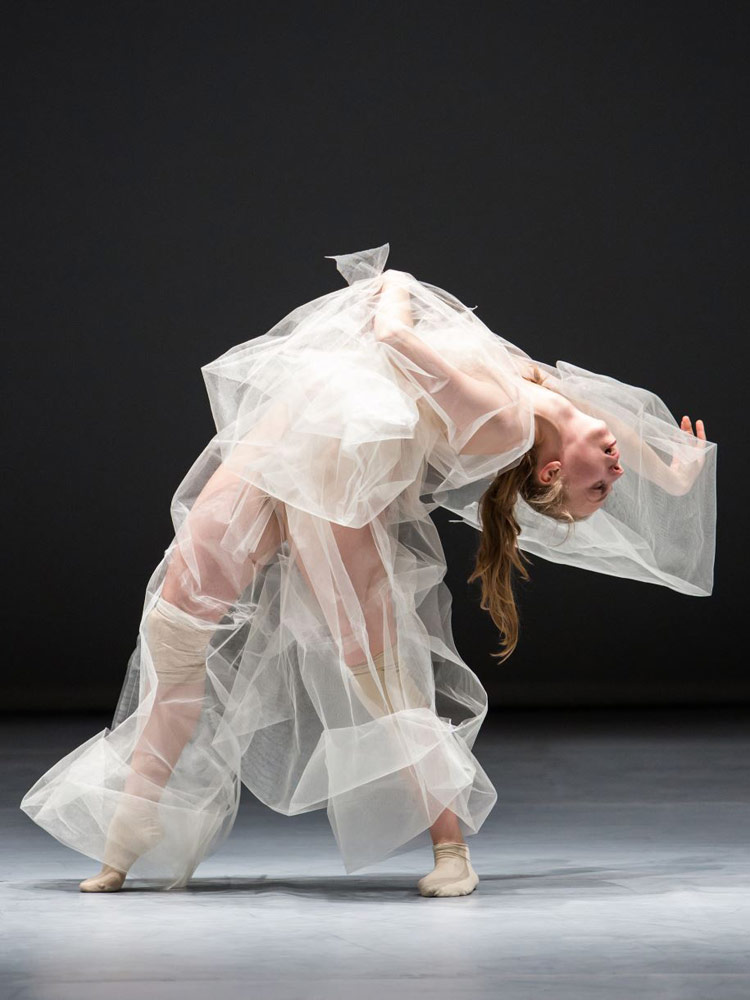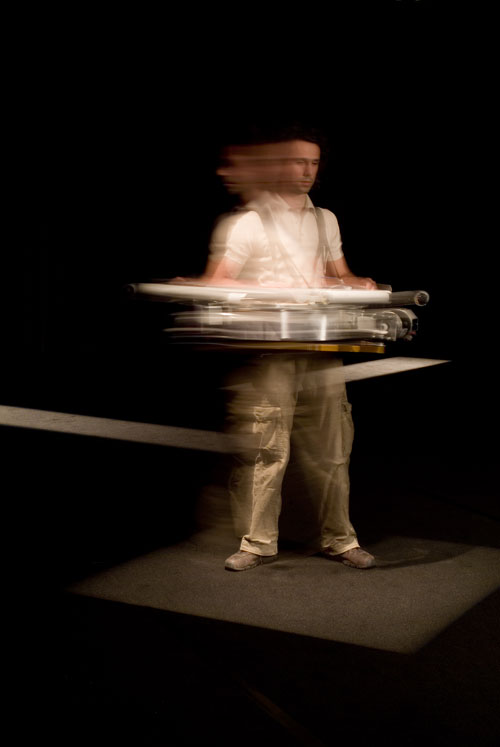МАРИ ШУИНАР
Soft virtuosity, still humid, on the edge
“My source has always been the body itself, and especially the silence and the breath which make up the “invisible” stuff of life. At the root of each new work there is always what I call the “mystery”, an unknown wavelength that calls out to me in an almost obsessive manner. My work consists of capturing this primordial wavelength, of “tuning” it in a sense, and of arranging it in space and time with a structure and form proper to it. Since 1978, this is what I have been doing: listening attentively to the vital pulsation of the body to the point of crystallising it in a new order. Each time, I start afresh from zero. Each time, I focus and re-direct my “antennae[…]”















